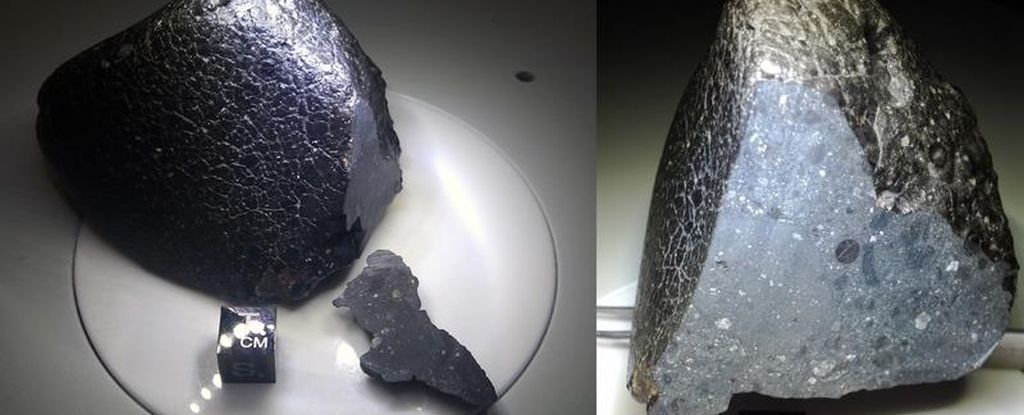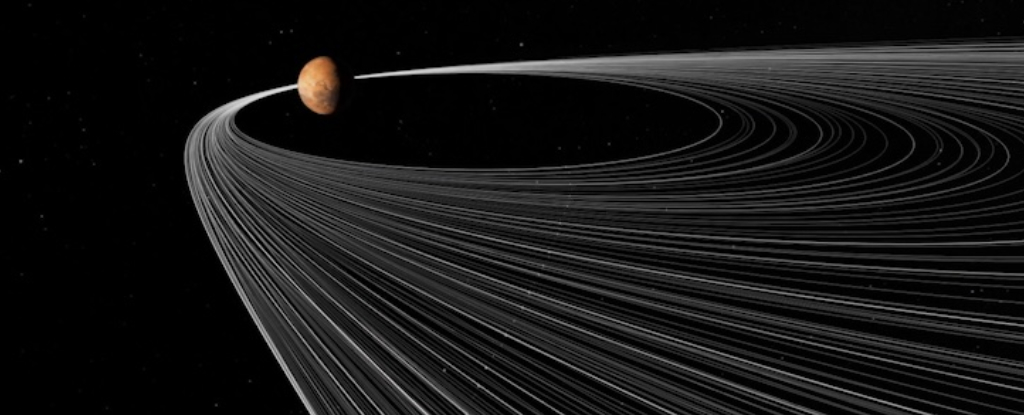ARTICLE AD
The North Star has faithfully guided travelers for centuries, but its light isn’t constant. Instead, it pulses more brightly on some nights than on others. Now, astronomers also know that the star known as Polaris is covered in spots.
The North Star gets that nickname from its proximity to the point in the sky where Earth’s north rotational axis points to. Because it’s so close to that point, it doesn’t appear to move much as the Earth rotates. In other words, if you’re in the Northern Hemisphere and look up, there it will be, in relatively the same spot. Despite that constant location, Polaris is hardly static. It’s classified as a Cepheid star, which are defined by their pulsing brightness, caused by the periodic expansion and contraction of their surface. Because their pulsing occurs during regular periods, their brightness can be used to measure the distance to their host galaxies.
Polaris isn’t alone. A much fainter star orbits it once every 30 years. To map the orbit of this star, a team of astronomers led by the Harvard and Smithsonian’s Center for Astrophysics’ Nancy Evans began peering at Polaris using Georgia State University’s Center for High Angular Resolution Astronomy (CHARA) telescopes.
The fresh observations of Polaris, taken in 2021, were the first close-up look at a Cepheid star, and they showed a star with speckles. In a paper published in The Astrophysical Journal, the researchers said the starspots, which shift around the surface, appear to be related to magnetic fields, much like the spots on the Sun. However, there were some oddities, as Polaris’ magnetic polarization looked more like that of a supergiant star than a Cepheid. The presence of starspots also opens new avenues of research, with the astronomers writing that they could prove helpful in determining how quickly Polaris rotates.
“We plan to continue imaging Polaris in the future,” said John Monnier, an astronomy professor at the University of Michigan who worked on the study, in a statement. “We hope to better understand the mechanism that generates the spots on the surface of Polaris.”
The spots weren’t the only new feature the team discovered. By looking at how Polaris’ size changed as it was orbited by its companion, they were able to determine that Polaris has a mass that’s five times greater that of our Sun and a diameter that’s 46 times larger. Though it would dwarf our Sun, Polaris is 400 light-years away from Earth, a vast distance that means the star appears around 600,000 times smaller than the full Moon in the sky.

 3 months ago
32
3 months ago
32 

